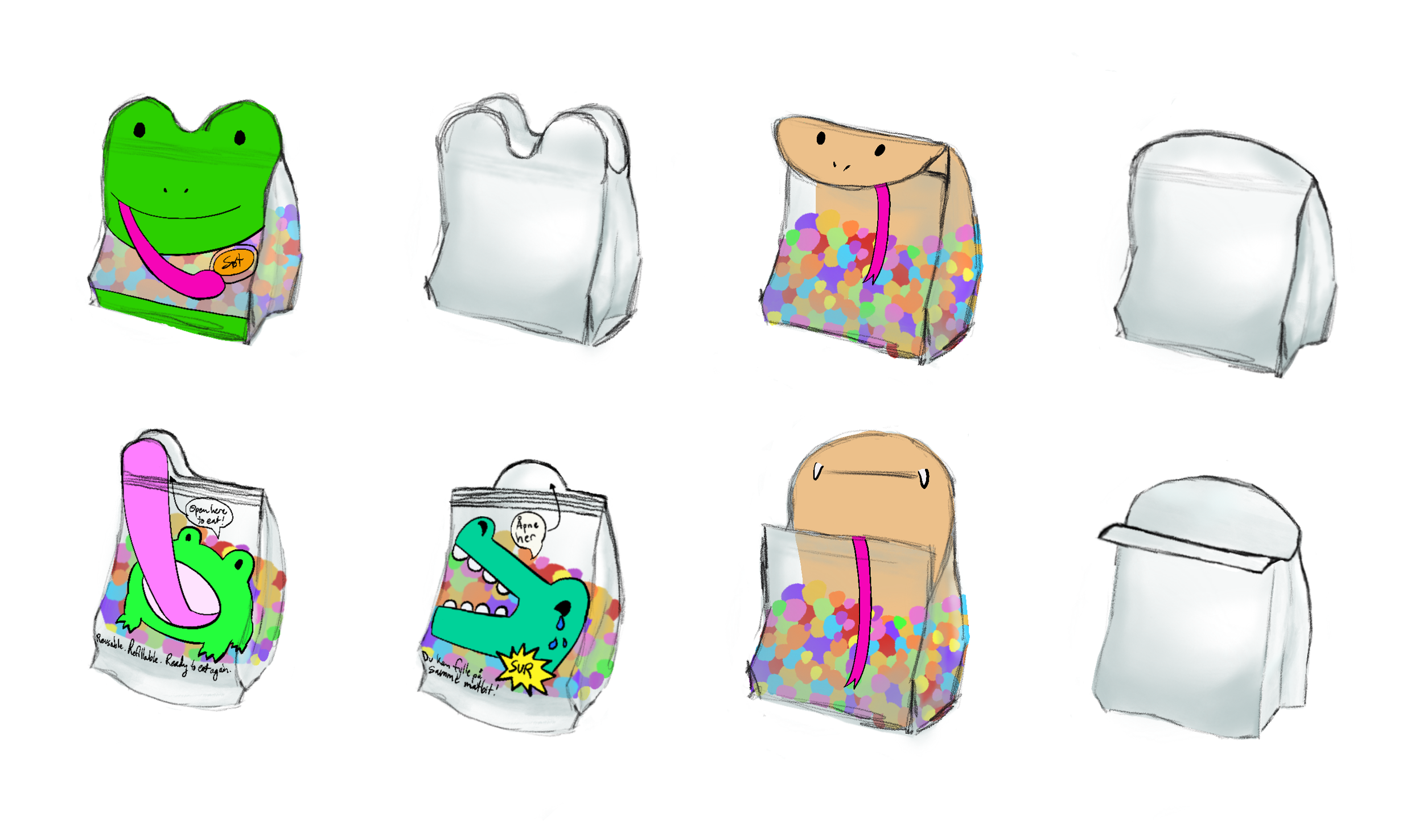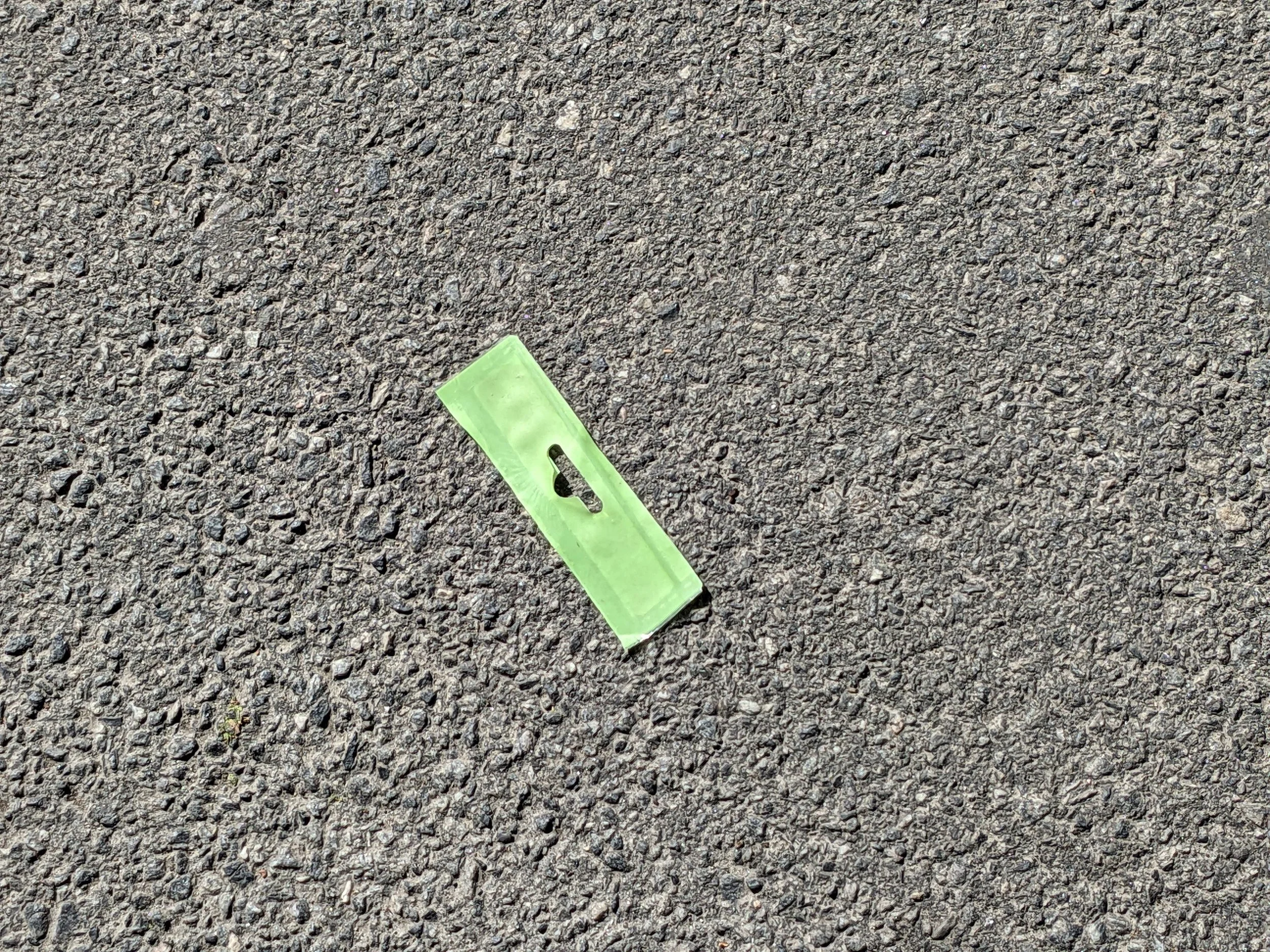Let’s Unpack This: Packaging redesign of the zigzag / rivekant corner tear as a means to prevent litter.
What are the most efficient preventative design measures we can implement in packaging that fosters a behaviour and production shift towards reducing litter?
As identified on Grønt Punkt Norge’s design mot forsøpling (design against litter) guidelines: “fliker og rivekanter” or the tabs or tear edges that float off a packaging after opening, are a risk to promoting littering behaviour whether unintentional or intentional.
To discourage the aforementioned littering behaviour, we have to design with the intention of ensuring the packaging remains whole even after opening and consumption.
This way it is easier to identify, gather, and dispose of packaging easier.
This design can incorporate playful visuals to encourage this anti-littering behaviour! Moreover this design can encourage refilling and reuse of the product when applicable.

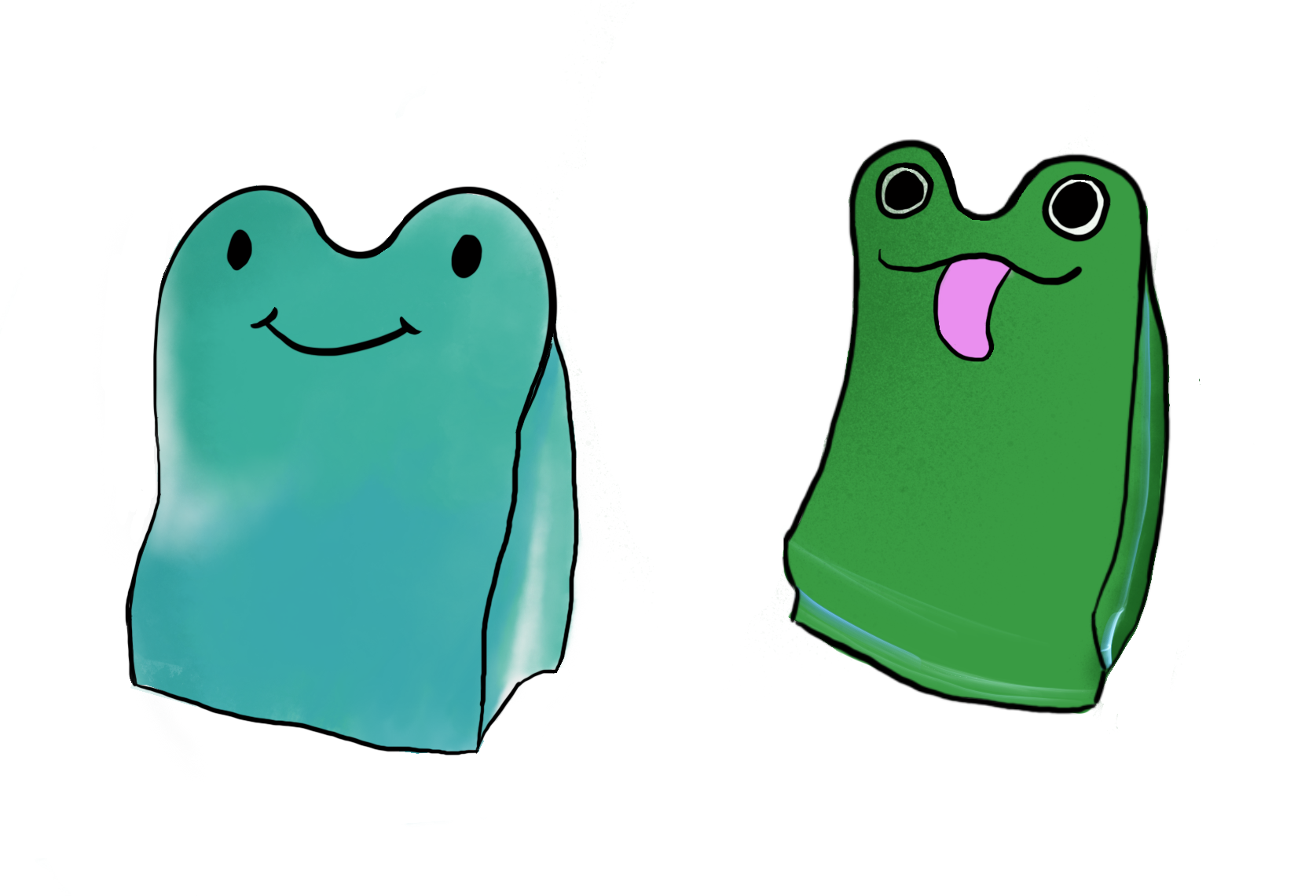


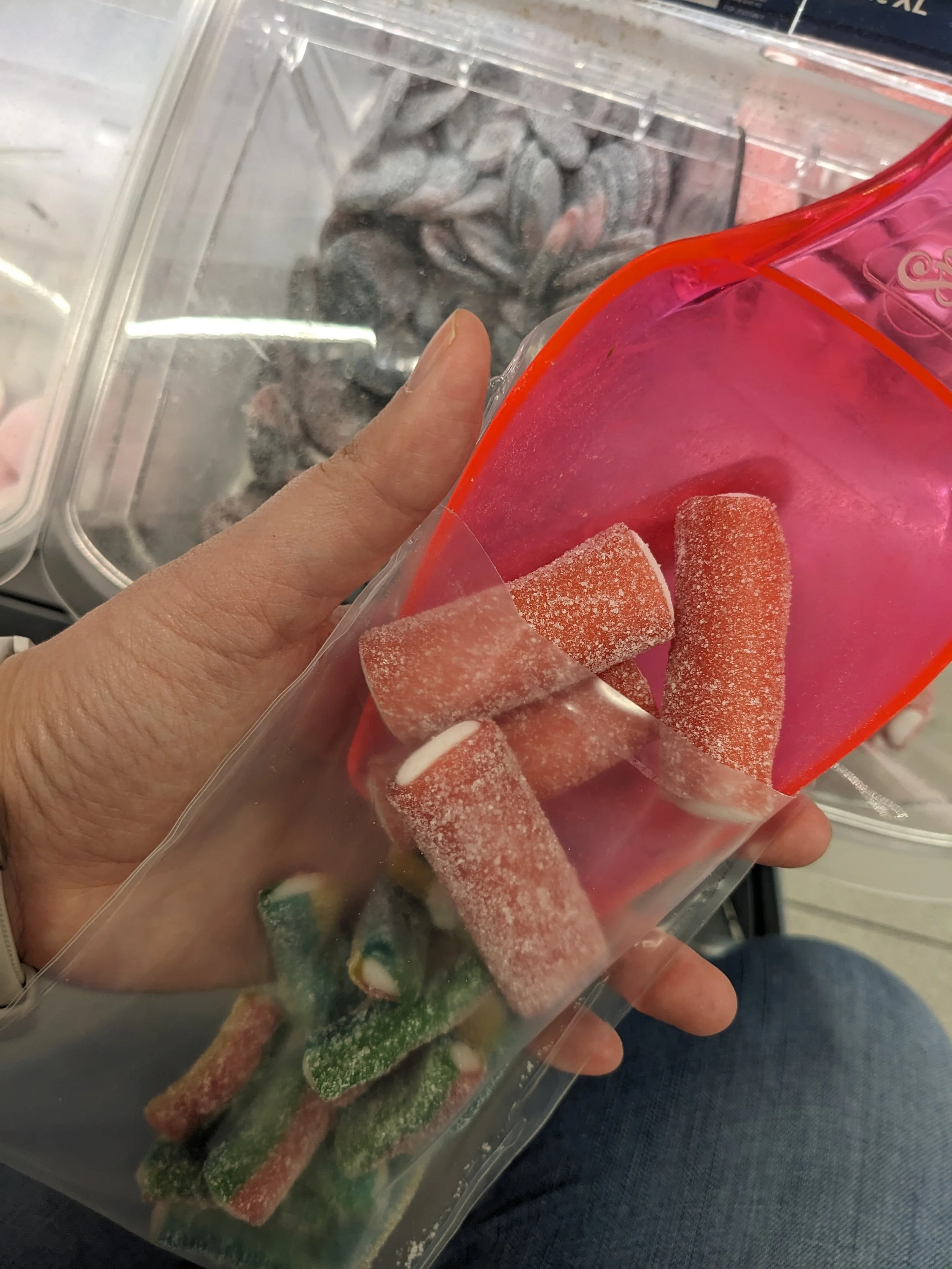
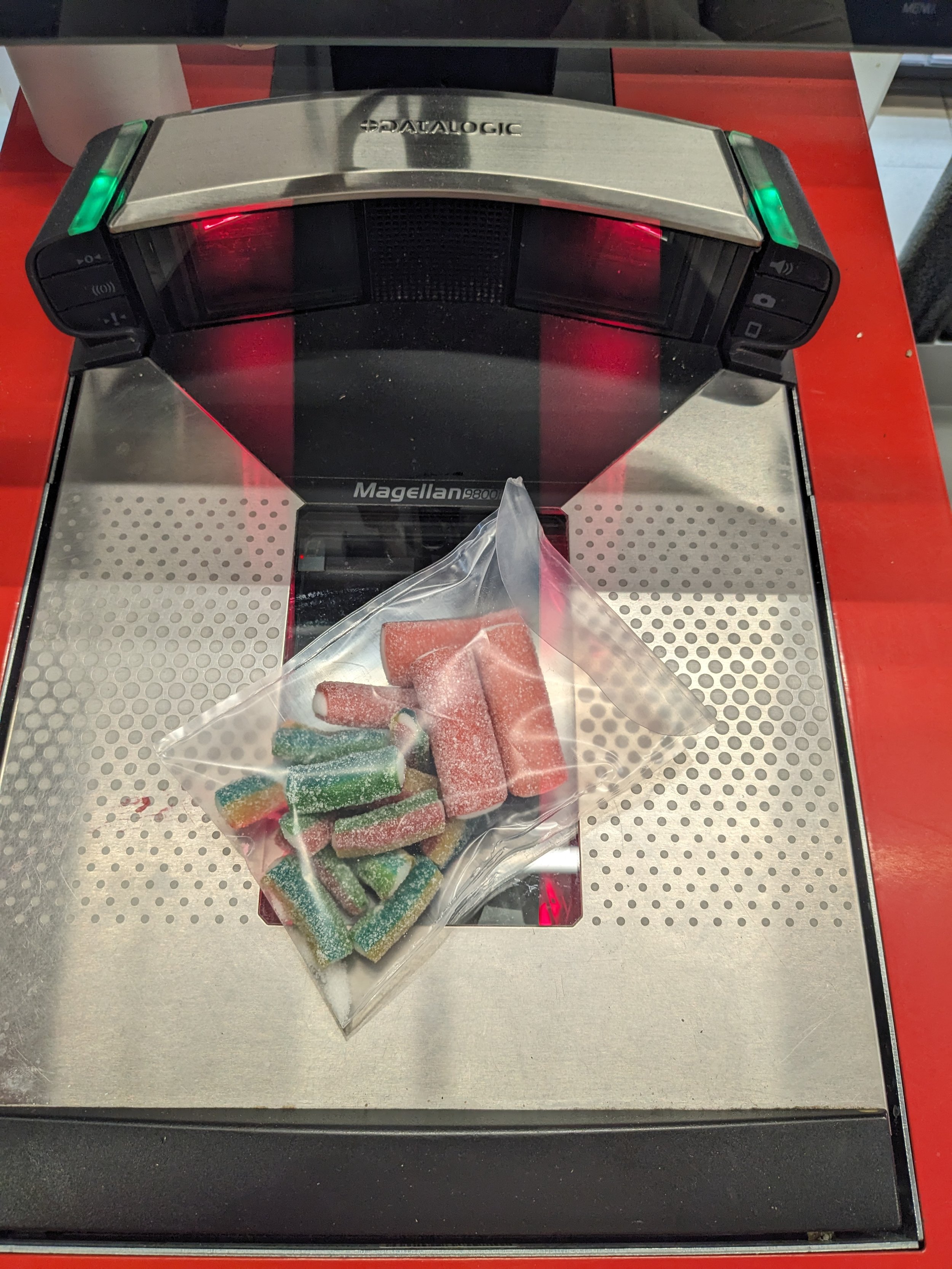
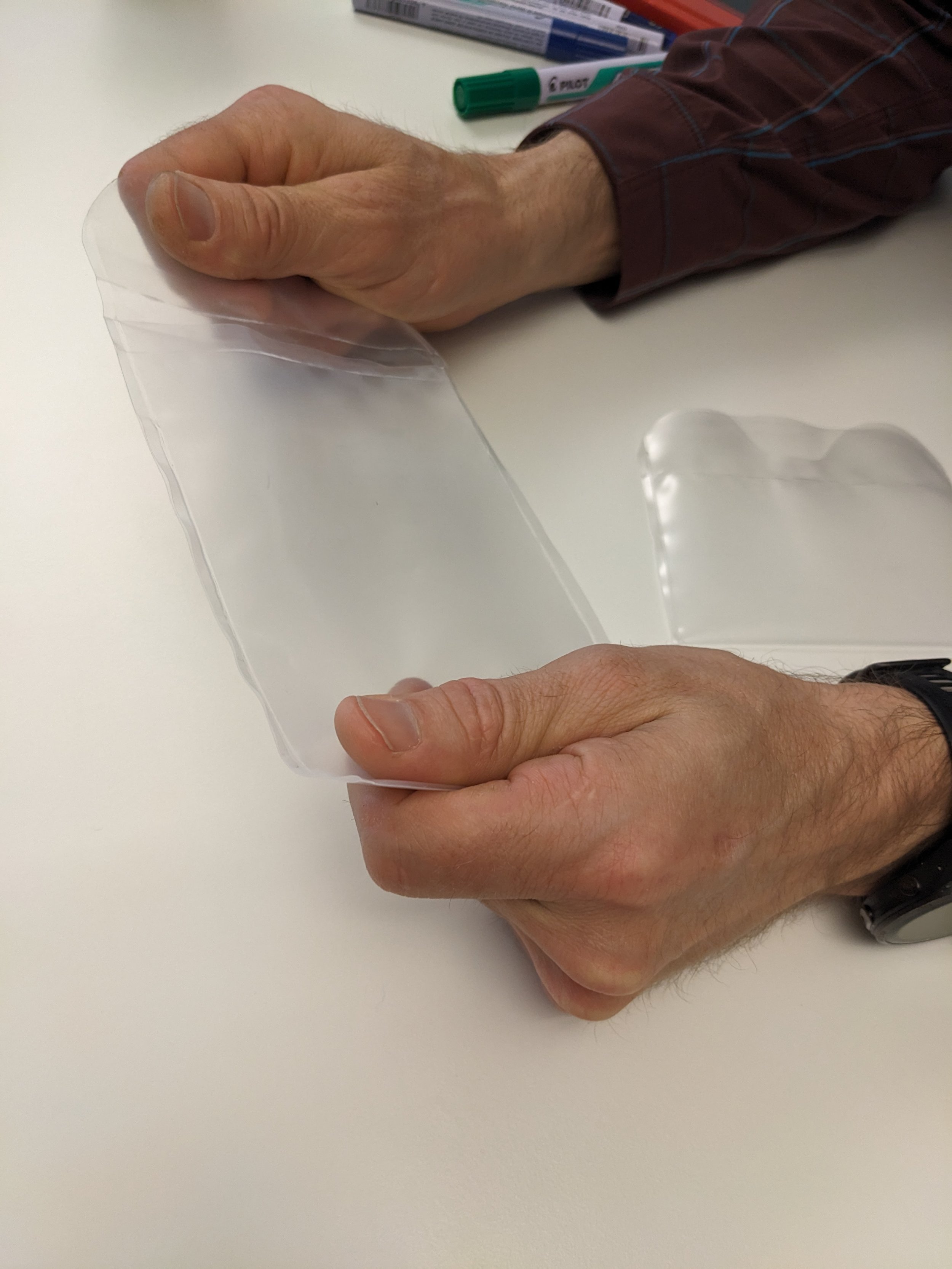

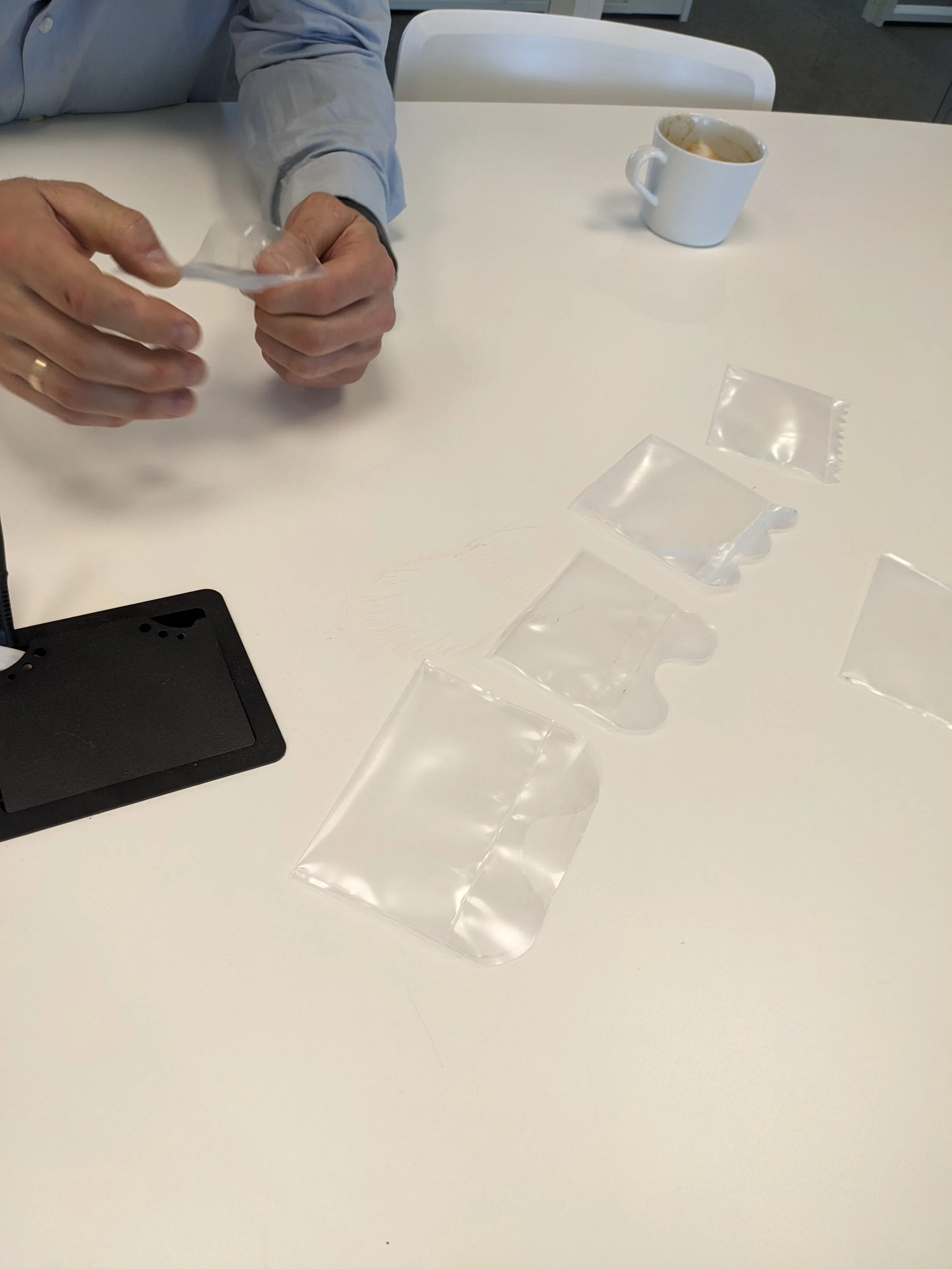
prevention design
This design project also advocates for pre-emptive design thinking rather than re-active design thinking by way of prevention of a negative behaviour rather than a reaction to a negative behaviour.
Above is the proposed form of holistic critical design thinking as a means to understand better the points of prevention possibility, which I answer below in relation to litter risk packaging.


